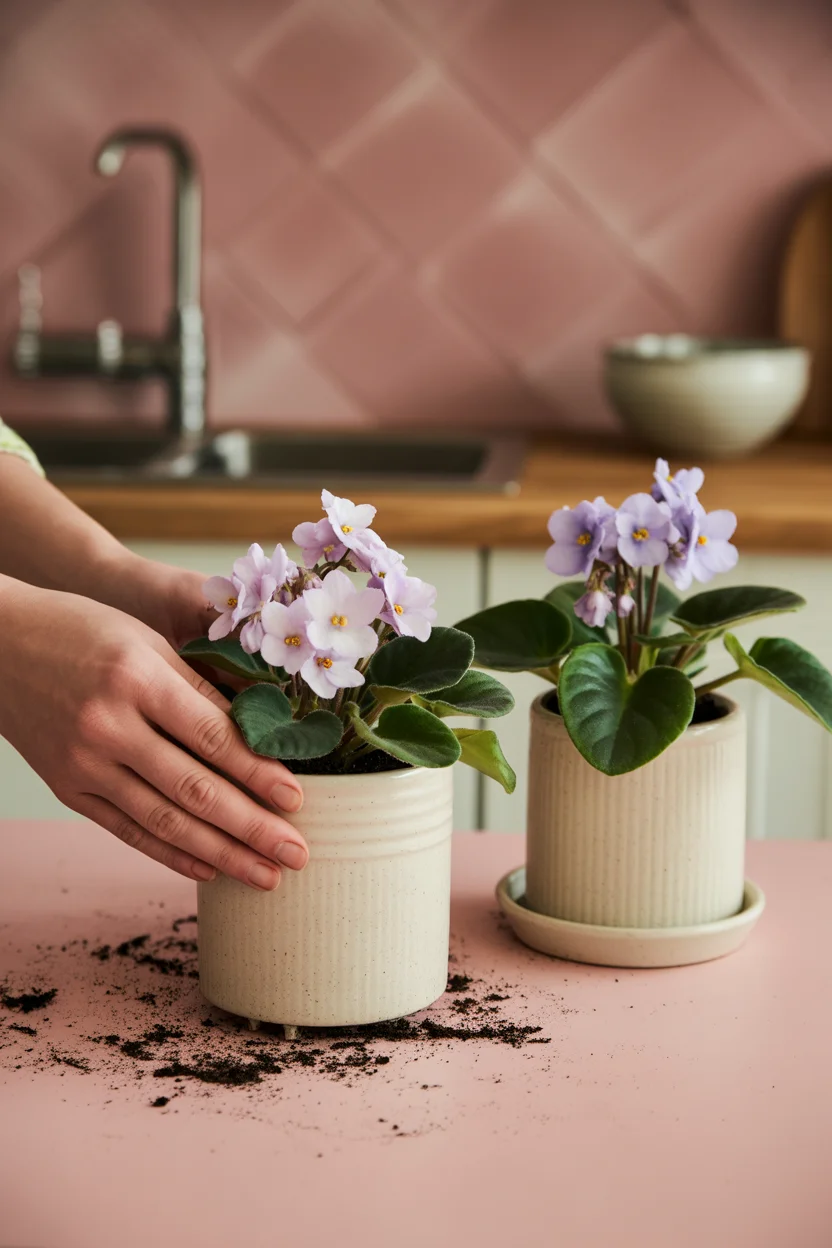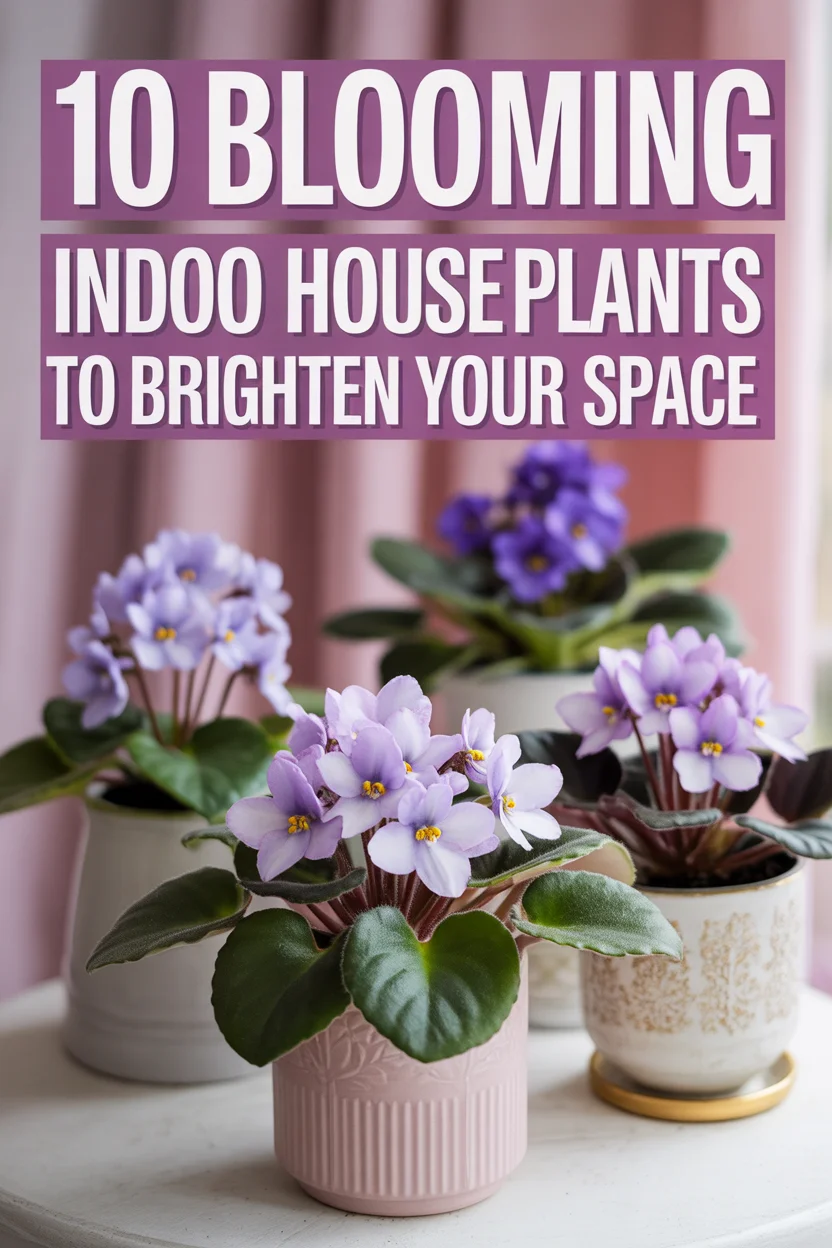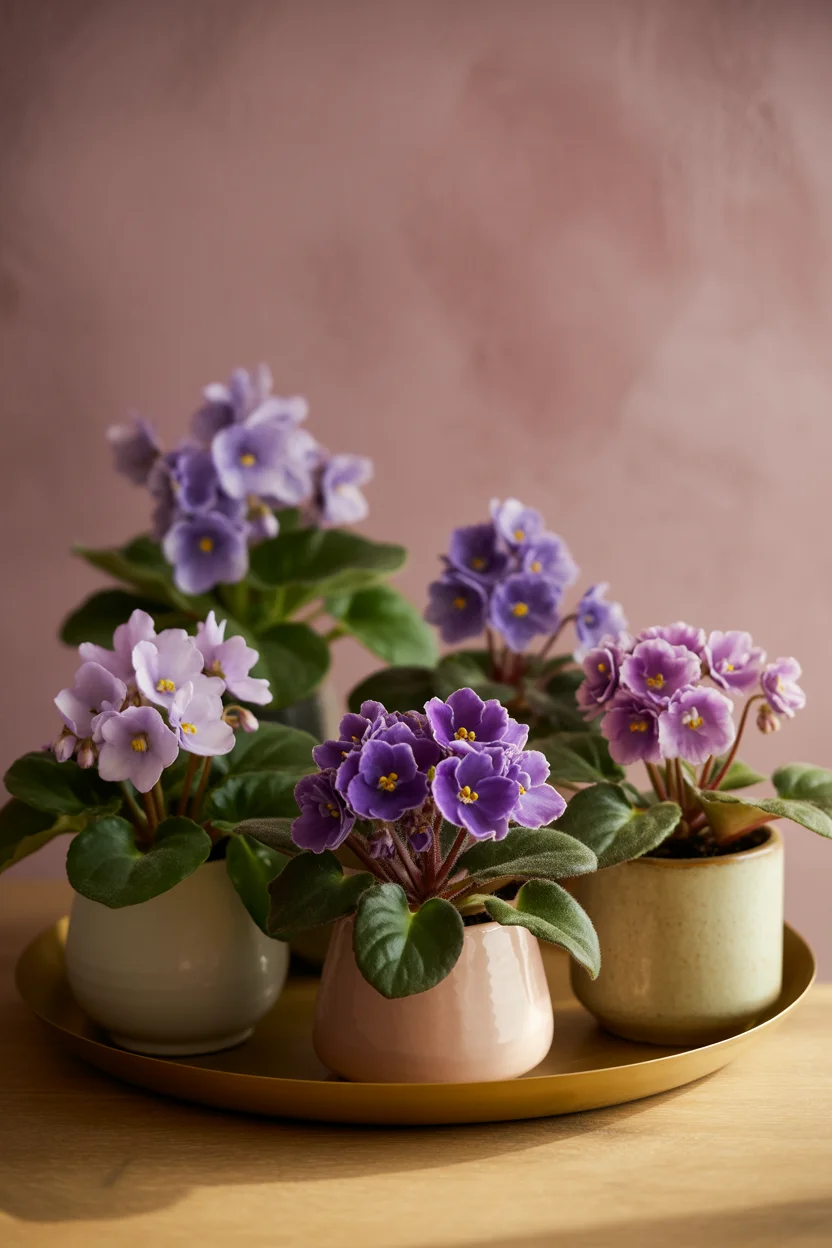Ever walk into a room, see plain old leaves, and think—yup, this space needs some honest-to-goodness joy? That’s right where blooming indoor house plants stroll in and save the day. Maybe your home feels meh, or every window sill is looking bleak and, let’s admit it, you want more pizzazz (without splurging on new pillows again). These indoor flowering friends bring in color, fresh vibes, and that air-purifying bonus. If you’re into low-maintenance or have pets, check out these houseplants safe for cats and dogs and the best indoor bamboo plants for low light. Trust me, choosing a houseplant is easier than picking the right curtains.
Table of Contents
Popular Indoor Flowering Plants
Here’s where it gets exciting for your space—and your soul. Okay, number one hit for me is the African violet. My grandma had one on her kitchen table, it bloomed no matter what, and honestly, I think it was indestructible. Peace lilies are legendary too, with white blossoms that brighten up even shadowy corners. If you’ve ever dreamed of tiny jungles indoors, try orchid varieties (they need a bit more love, but wow—they look fancy). Oh, and don’t skip the anthurium; those waxy, red flowers? They last forever, like, “is that thing fake?” long.
Some less famous but equally stunning indoor bloomers include the vibrant begonia, sweet-smelling jasmine, and even bromeliads with their tropical look. Every single one brings a pop of color that lasts through winter’s gloom or just a bad Monday.
Feeling adventurous? Why not train a bougainvillea on a trellis by a sunny window. Honestly, petal confetti year-round if you treat it right. Remember, it’s not about going full greenhouse, just little happiness in every corner.
Tips for Growing Indoor Flowering Plants
Not gonna sugarcoat it—getting a plant to bloom inside can be a bit of a puzzle. One year I had a hibiscus that just sulked all winter. Key thing? Light is everything. If your house has only one good window, rotate those pots like pancakes. Some folks swear by plant food; honestly, I just use a basic one, nothing fancy (if grandma’s violets thrived without a PhD, you’ll do fine).
Keep soil kind of moist, not soggy. Most flowering plants don’t love cold toes, so avoid drafty windows. Also, and I cannot stress this enough—don’t overwater. You might drown the dreams right out of those blooms. Pruning sad leaves helps a lot, too.
My semi-secret trick? Talk to your plants. Ok, not out loud in front of guests… but I honestly believe a quick “you got this” pep talk helps them out just a bit.

Benefits of Indoor Flowering Plants
Quick truth bomb: blooming indoor house plants are like nature’s little mood pills. Seriously, sometimes just spotting new buds on my window ledge snaps me right outta a grumpy funk. They make rooms feel softer (less echo, more cozy), and if you pick smart—like peace lilies or some orchids—they even clean your air while making it prettier.
Plus, it’s hard to feel totally alone when you’ve got green company sprouting right at your elbow. Studies (yes, science!) say plants help stress. Plus, watering them gives you a reason to get up from doom scrolling.
A friend once told me her blooming bromeliad helped her survive working nights at home, just because it felt “like summer was visiting”—honestly, can’t argue with that.
“Adding just one blooming plant on my desk made my work-from-home days feel less robotic. I never thought a tiny violet could boost my mood this much!” — Actual testimonial from my buddy Angie

Care Requirements for Specific Plants
Okay, time for some specifics—because let’s be real, not all houseplants bloom just because you wish at them. African violets love indirect light and lukewarm water. If you can’t remember to water regularly, go for anthurium; let the top inch dry out before giving it a drink. For orchids, water only when the roots look silvery—and forget those ice cube hacks, just pour water in the pot and let it drain.
Peace lilies like moisture but hate sitting in water. If you see droopy leaves, don’t panic—it’s just thirsty, not dying. Jasmine wants at least 6 hours of sun (tricky in winter, so try a grow light if you’re somewhere gloomy).
Looking for plants that are easy to style in small spaces? Peek at these small green indoor plants for a green home. Got allergies? Then you’ll love the cleaner air some blooming plants bring, just like these picks for beautiful decor and cleaner air.
Seasonal Considerations for Indoor Flowering Plants
If you’re like me, you probably expect your plants to thrive no matter what’s happening outside. But truth is, indoor flowering plants get moody with the seasons. In winter, less daylight means way fewer flowers—so if your African violet looks lazy, blame daylight savings, not yourself. Try moving bloomers to the sunniest spot, or bring in a cheap grow light for a boost.
Humidity drops in winter too, which can dry out leaves. Misting helps, or plop a tray of water near your plant tribe. In summer? Watch out for crispy leaves from too much window glare. Rotate your pots every month, it helps them grow evenly and not become lopsided (trust me, I’ve lost plants to the “one-side-only” light fate).
If you’re trying to get more color, you can also explore the 11 best colorful indoor plants—handy for variety throughout the year.
Is there a houseplant that blooms year-round?
Oh, you bet there is! African violets are the rockstars of constant blooming if you treat them well. Anthuriums also put out those wild red flowers nearly every month. The catch? They all want steady conditions—no wild swings in light or water. So, park ’em in the right spot and watch the color marathon begin.
What is the longest blooming indoor plant?
Anthuriums really take the cake for longest blooming. Some of their flowers hang on for months, not weeks. Kalanchoe is another solid pick if you want blooms that last and last. Not the flashiest, but man, they’re persistent.
How do I get my indoor plants to bloom?
It’s all about giving them enough light, a bit of fertilizer every now and then, and like, not loving them to death with water. Prune off sad leaves, rotate their pots, and maybe chat with them if you feel up to it (hey, no judgment here). If you want a nerdy deep dive, check out more water plants indoors tips for expert insights.
Common Questions
Is there a houseplant that blooms year-round?
Yes. While most houseplants have blooming seasons, a few bloom nearly year-round under the right conditions:
Peace Lily (Spathiphyllum)
Anthurium
Geranium (in bright indoor conditions)
African Violet
Begonia (especially wax begonias)
These plants need proper lighting, humidity, and feeding to maintain continuous blooms.
How to get Kalanchoe to bloom?
Expose to darkness: Kalanchoe needs 14 hours of darkness for 6 weeks to initiate blooms (mimicking winter light).
Provide bright indirect light during the day.
Avoid overwatering: Let soil dry out between waterings.
Use a fertilizer for blooming plants monthly.
Pinch off old blooms to encourage new growth.
What plant will bloom all summer?
Some indoor and patio plants that bloom all summer:
Geraniums
Begonias (especially Dragon Wing or Rieger)
Impatiens
Kalanchoe
Petunias (in containers, near bright windows)
Keep them in a sunny spot and deadhead (remove spent blooms) regularly.
How to make indoor plants bloom?
Provide enough light: Most flowering plants need bright, indirect light.
Feed regularly: Use a bloom-boosting fertilizer high in phosphorus (like 10-30-20).
Control temperature: Many plants bloom better with a slight drop in nighttime temperature.
Prune spent blooms to encourage new ones.
Maintain humidity: Many tropical bloomers prefer 50%+ humidity.
Avoid overwatering: Let soil dry slightly between waterings (depending on the plant).
What is the longest blooming indoor plant?
Anthurium: Blooms can last up to 8 weeks, and the plant often reblooms throughout the year.
Phalaenopsis Orchid: Blooms can last 2–4 months with good care.
Kalanchoe and African Violets also offer frequent blooming cycles, especially with the right light and care.
What is the best indoor flowering plant?
Some of the best indoor flowering plants are:
African Violet – Easy to grow, blooms frequently with bright indirect light.
Anthurium – Known for long-lasting red, pink, or white spathes.
Peace Lily – Elegant white blooms; also purifies air.
Orchid (Phalaenopsis) – Striking, long-lasting flowers.
Kalanchoe – Succulent that produces clusters of vibrant flowers.
I have pets, are any flowering indoor plants safe?
Yes! African violets, orchids, and bromeliads are pet-friendly. Here’s a list of houseplants safe for cats and dogs for extra assurance.
Can I grow tomatoes or other edible plants that flower indoors?
Absolutely—tomatoes actually need to flower before they fruit. For an indoor tomato adventure, you might enjoy this grow huge tomato plants indoors resource.
Why are my plant’s leaves yellow after blooming?
Usually, that means too much water or not enough light. Time to check both.
How often should I feed my indoor blooming plants?
Once a month with diluted fertilizer during the growing season is enough for most—don’t go overboard, or you’ll get loads of leaves and few flowers.
Will a small apartment still work for blooming plants?
Oh yes! Even tiny corners can become mini jungles. For ideas, see these corner plants that will liven up any living room.
Try Your Hand and Let Your Space Bloom
So, if you’re daydreaming of a home with pops of color and fresh energy, honestly just grab one or two blooming indoor house plants to start. You don’t need to be a “plant person” (whatever that means) to get those happy blooms going. Want more inspo? You’ll find plenty of enthusiastic growing tips at places like Indoor Flowering Plant Suggestions : r/gardening and even more clever plant picks right here. Trust me, a cheerful bloom on your table might just outshine last night’s dinner in the happiness department. Enjoy every little burst of color—your space and your mood will thank you!

